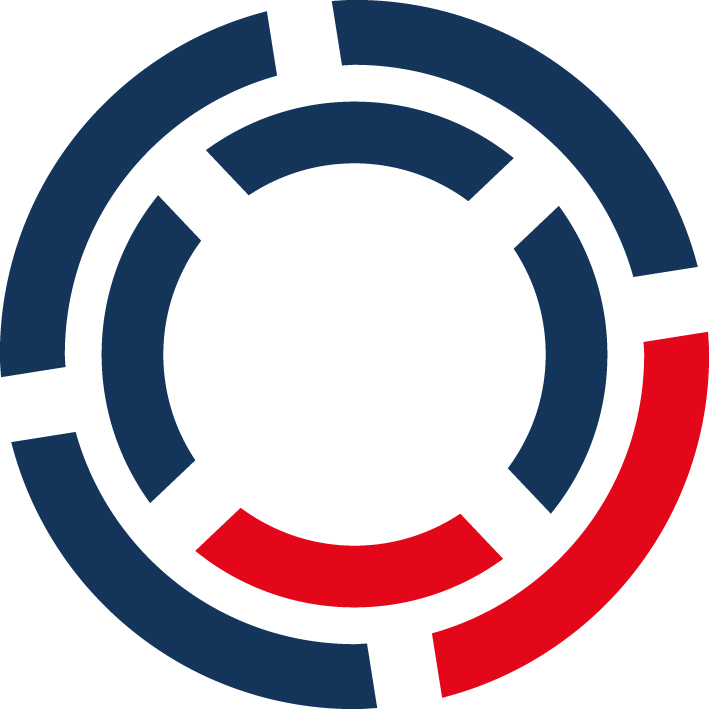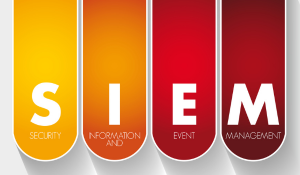TISAX®: More information security for the automotive industry
With networking and globalisation in the automotive industry, internal and external risks for companies are growing. The TISAX® (Trusted Information...
5 min read
 DriveLock
Feb 3, 2025 12:12:52 PM
DriveLock
Feb 3, 2025 12:12:52 PM

Digitalization in the healthcare sector is in full swing: hospitals are becoming "intelligent" and are increasingly networked, patient records are going digital, consultations are taking place online and robots are assisting with operations. These developments offer great opportunities. At the same time, however, they also increase the risk of healthcare facilities falling victim to attacks by cyber criminals.
The topic of IT security in the healthcare sector is therefore increasingly moving into the spotlight. In hardly any other industry is it more important that digital services are operated securely and reliably. After all, in an emergency, human lives depend on critical systems for administration, diagnostics and treatment being reliably secured. In this article, we explain what to look out for in an IT security concept for the healthcare sector.
In principle, no industry is immune to cyberattacks. However, the threat situation in the healthcare sector has increased particularly sharply in recent years. Why is this? Because the healthcare sector is confronted with a wide range of challenges that make it particularly vulnerable. These include
In Germany, three authorities are responsible for IT security in the healthcare sector:
In 2022, a lot has changed by law in the area of IT security. The Patient Data Protection Act (PDSG) and the IT Security Act 2.0 are particularly important for the healthcare sector.
The IT Security Act (IT-SiG) has regulated the security of critical infrastructures with the BSI Act since 2015. It obliges healthcare facilities that are classified as KRITIS to meet a minimum standard of IT security: the uninterrupted availability, integrity and confidentiality of IT systems, components and processes must be ensured. Serious IT security incidents must be reported.
With the IT Security Act 2.0 , the requirements for KRITIS facilities have now been tightened once again - with more obligations for operators, higher cybersecurity requirements and more powers for the state and supervisory authorities. For example, hospitals with more than 30,000 inpatients per year must fall under the KRITIS Regulation:
In order to ensure that the requirements are actually implemented on time, the fines have been increased: Anyone who fails to register with the BSI, fails to meet protection targets, fails to report incidents or fails to follow BSI instructions will face fines of up to 20 million euros.
The German Hospital Federation provides an industry-specific security standard (B3S) , which is officially approved by the BSI and supports the implementation of KRITIS regulations.
The PDSG also regulates the gradual introduction of the electronic patient file (ePA) and other digital services. It also contains specific legal regulations for IT security in hospitals that are not defined as KRITIS: According to §75c in the Social Security Code (SGB) Fifth Book (V), all German hospitals have been obliged since January 2022 to take "appropriate organizational and technical precautions" to ensure the "availability, integrity and confidentiality" of their information technology systems.
In concrete terms, this means that even small hospitals are now obliged to take measures for IT security. This can also be implemented with the help of the industry-specific security standard (B3S) for hospitals.
In addition, healthcare facilities and organizations must of course always comply with the requirements of the General Data Protection Regulation (GDPR) and the new German Federal Data Protection Act (BDSG).
The legal requirements for IT security in the healthcare sector alone do not provide any specific recommendations for action. However, the aforementioned industry-specific security standard for hospitals provides guidance on what an IT security concept in the healthcare sector can look like.
It lists a total of 168 measures in three categories (must, should and can). Essentially, the aim is to establish a comprehensive information security management system (ISMS). This means that all important information in the hospital must be protected appropriately and effectively.
The classic protection goals of information security in accordance with ISO 27001 are central:
In addition, two industry-specific protection goals are defined in the B3S hospital:
The primary objective of the industry standard is to provide patients with secure medical care - regardless of the circumstances. The technical aspects of IT security are only one piece of the puzzle. Organizational, structural and procedural issues also play a role. The responsibility for this lies with the management.
Before hospitals immediately start to overhaul their entire IT infrastructure, they should compare their current status quo with the target status according to B3S (gap analysis). This will give them clarity on the following questions:
The next step is to draw up an individual action plan and calculate how much time and money will probably have to be invested to close the gaps. Some basic measures that are included in the security standard are probably already covered. This means that the entire IT system does not necessarily have to be rebuilt.
By the way: On our blog, you will also find some additional recommendations on cyber defence that organizations and companies in the critical infrastructure should always follow.
In order to provide hospitals with financial support, the federal and state governments are currently promoting digitalization with the Hospital Future Act (KHZG).
The aim is to modernize the healthcare sector - and improve IT security in the process. This is because 15 percent of the funds provided must go towards improving IT security in the healthcare sector. The focus is on university clinics and (smaller) hospitals that are not part of the critical infrastructure.
Read our other articles on cyber security in other sectors:
DriveLock also supports healthcare facilities in ensuring information security and effectively preventing threats.
The DriveLock Application Control and DriveLock Device Control solutions are certified to Common Criteria EAL 3+ and reliably protect systems against malware. Unauthorized applications and devices are reliably detected and blocked. Data is cryptographically secured to ensure its confidentiality, authenticity and integrity. DriveLock also offers secure authentication and intrusion detection.
DriveLock also offers cost-effective and flexible security awareness training, in which employees are continuously sensitized on an ad hoc basis. This also strengthens the human firewall.
You can find more information on how to protect healthcare and patient data effectively and securely in the white paper "IT security in the healthcare sector".
Benjamin Brumaire, Senior Consultant at DriveLock partner UBM, also reveals how secure digitalization in the hospital environment works with DriveLock.

With networking and globalisation in the automotive industry, internal and external risks for companies are growing. The TISAX® (Trusted Information...

1 min read
The classic concept of defense - tanks, planes, troops - is now supplemented by a battlefield that is invisible to the naked eye: cyberspace. For the...

Today more than ever, the digital landscape requires powerful security measures to effectively counter the numerous cyber security threats. In view...